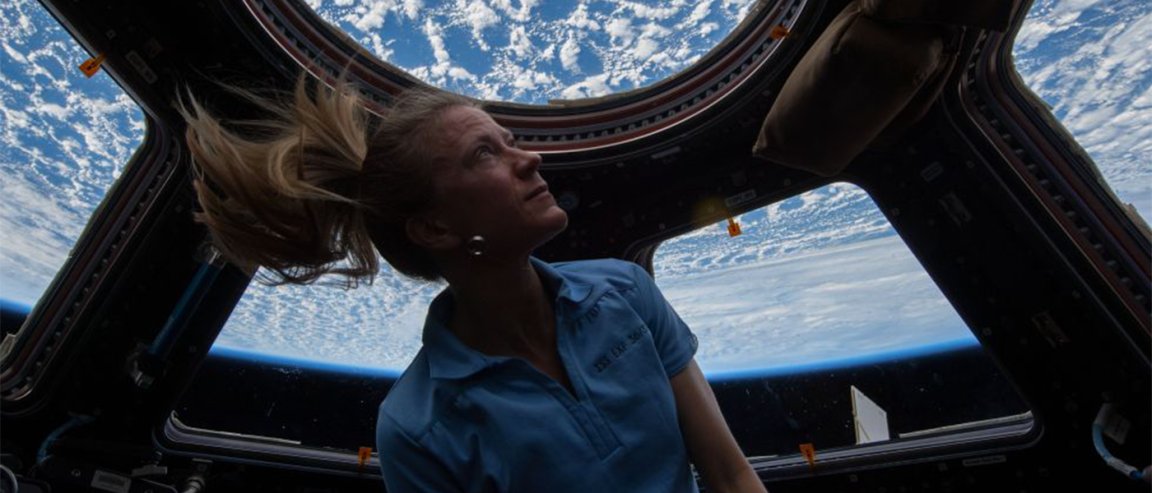
NanoRacks, a Texas-based company specializing in commercial space utilization, is offering to build an airlock that will be attached to the space station and allow us to do things like deploy cubesats and larger satellites.
The $12 to $15 million airlock would also allow NASA to bring in costly large pumps and storage tanks for repairs, rather than disposing of them after use.
“We developed a commercial pathway to the station, and now we want to extend that pathway outside the station,” Jeff Manber, the company’s managing director, told Ars in an interview. “This is a sign that we believe in the future of the station.”
NASA engineers designed the International Space Station in the 1990s. However, they did not anticipate the amount of commercial activity that was going to take place in the ISS. The station is now running into a bottleneck: getting scientific research and other payloads outside.
Right now, there is only one existing airlock in the ISS, which is inside Japan’s Kibo module. The Japanese airlock is fairly small, large enough to only accommodate items about the size of a miniature refrigerator. Although it opens 10 times a year, five of those openings are allocated to the Japanese space agency, JAXA, with the other five going to NASA and its commercial partners.
“It’s becoming a real bottleneck,” said Mike Johnson, chief designer of NanoRacks. “We were sitting around the table one day and we were like, you know if we had our own airlock this would make life a whole lot easier. We started thinking about it and realized we have enough business now where we could actually self-fund an airlock.”
NASA is highly considering this proposal, and if everything goes smoothly, NanoRacks will start developing the airlock as early as next month.
The agency and its primary station contractor, Boeing, are conducting a formal assessment to see if the airlock can be safely integrated into the station. “We’ve very intrigued by it, and we haven’t found any showstoppers so far,” Mike Read, manager of the space station National Lab Office at Johnson Space Center, told Ars.
NanoRacks has nicknamed the airlock the “Doorway to Space.” If NASA approves the design and specifications, this airlock could be launched as early as 2018 inside the trunk of a SpaceX Dragon Capsule. The airlock can be used as many as 12 times a year.
Specifications of the airlock
NanoRocks’ airlock design shows a large, half-cylinder shape about two meters in diameter and 1.8 meters long. It will be attached to the end of the station’s Node 3 module which is near the cupola. It would connect via a common berthing mechanism, or CBM, and then be pressurized. After pressurization, the hatch could be opened and the airlock configured for various tasks.
The symbolism of a commercial doorway on the space station is also important for NASA. The agency has made no secret of its desire for commercial companies to step up and use the space station as a test bed for everything from basic research to testing new modes of space exploration.
“From the national lab perspective, the attractive thing is that this leverages ISS in a commercial manner, built with commercial funds and operated as a commercial capability,” Read said. “That’s what the whole concept of the National Lab is. If this works, it’s an important step toward what an exploration partnership might look like. Not only are we using space station for research, we’re using it to test new business relationships for exploration, and this would be an important one.”
NanoRacks is one of NASA’s important partners in commercializing the space station. It regularly flies experimental payloads for paying customers to and from the station, and Manber said more of that business is now migrating outside the laboratory.